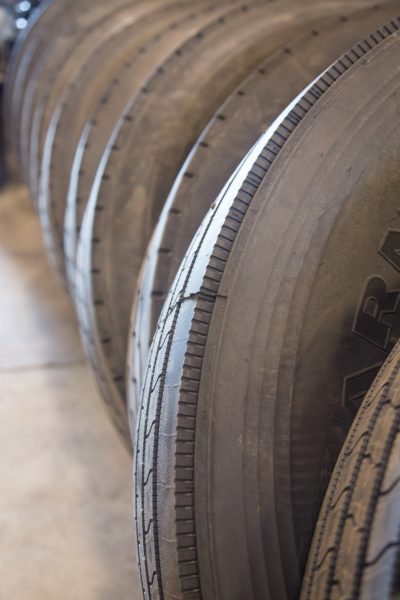By Mark Kozemko, Johnson College’s Automotive Technology Program Director
Original published in the September 25, 2020 edition of the Valley Advantage.
As we’ve discussed in previous columns, your vehicles rely on repair shops and technicians to keep them operating and safe, the same way you rely on hospitals and doctors to keep you safe and healthy.
Normally, your health care provider suggests you visit your doctor once a year for an annual check-up. The same can be said about your vehicle needing yearly inspections by a licensed technician. Except completing vehicle inspections annually aren’t recommendations like a medical check-up, it’s the law in Pennsylvania.
This brings us to a few questions I received about vehicle inspections.
The first question is, “Why do vehicle inspections have to be done each year?”
The two annual inspections are required to ensure your vehicle conforms to Pennsylvania transportation regulations governing safety and emissions. As you might have guessed, the vehicle safety inspection is designed to keep your vehicle operating safely so you, your passengers and any pedestrians are as safe as possible.
The vehicle emissions inspection is designed to check emission components to make sure they are in place as designed. This inspection protects the environment by restricting the amount of pollutants your vehicle is allowed to produce when in use.
“What do technicians review during the inspections?” is our second question.
During a vehicle safety inspection, a technician will thoroughly inspect components from headlights to taillights and everything in between. Glass is checked for damage or chips. Lights and lenses are checked.
Components under your vehicle, like front and rear suspension parts, exhaust systems, shocks/struts, axles and drive shafts are also checked, as well as frame condition. Wheels and tires are also checked at this time for excessive wear or damage. They will also remove the wheels to check brake components.
Several things inside your vehicle are also inspected. These include windshield wiper/washer operation, dashboard indicator lights, windshield defrosters, seats, seat belts, mirrors and door latches. The body and undercarriage are also checked for rust.
During the vehicle emission inspection, the emission components are inspected to make sure they are installed as designed. In certain counties in Pennsylvania, emission inspections must be performed through a special machine. This machine also checks the fuel filler cap to make sure it holds a specific amount of pressure.
In other counties in Pennsylvania, vehicles have to pass what we call, a full On-Board Diagnostics emission inspection. This inspection includes all the above, plus, a vehicle readiness scan and an exhaust sniff test.
Our third question is, “What causes a vehicle to fail either inspection?”
Overall, your vehicle will fail a safety inspection if any of the components inspected are worn, broken or missing.
For instance, if your steering wheel is loose enough that you don’t know the position of the front wheels, your vehicle will fail because the steering system is compromised. Once a part is worn and has excessive play, it can’t fix itself. It will only get worse and ultimately need to be replaced.
Your vehicle can also fail because friction material on brake pads fall below a thickness of 2/32; broken, cracked or missing rearview mirrors; fuel or brake system fluid leaks; exhaust systems not being secured properly or experiencing leakage; non-working lights; a broken or cracked lens; exterior or floorboard rust and many another reasons.
Your vehicle can also fail the safety inspection if your tires fall below the required tire depth. Keep in mind, tire depth changes based on the type of vehicle you own. Minimum tread depth in Pennsylvania is 2/32, but if you drive a SUV or truck that has a gross weight over 10,000 pounds, the minimum tread depth on the steer tires is 4/32.
Your vehicle will fail an emission inspection if required components are missing or disconnected. In certain Pennsylvania counties, your vehicle must not fail the fuel filler cap test and/or the full OBD inspection.
“What can owners do to reduce the risk of failure?” is our fourth and last question.
You should have confidence in your repair shop and technician. Trust them when they tell you throughout the year that your vehicle needs repairs. The needed repairs may be the difference of your vehicle passing or failing its annual inspections.
You’re required by Pennsylvania law to have a licensed technician inspect your vehicle annually. This shouldn’t be the only time you look over your vehicle. Anything can happen throughout the year and you need to be aware when your vehicle is running well and when it needs to visit its doctor … I mean repair shop.
The next Headlights to Taillights column will be published in the October 23, 2020 edition of the Valley Advantage.


